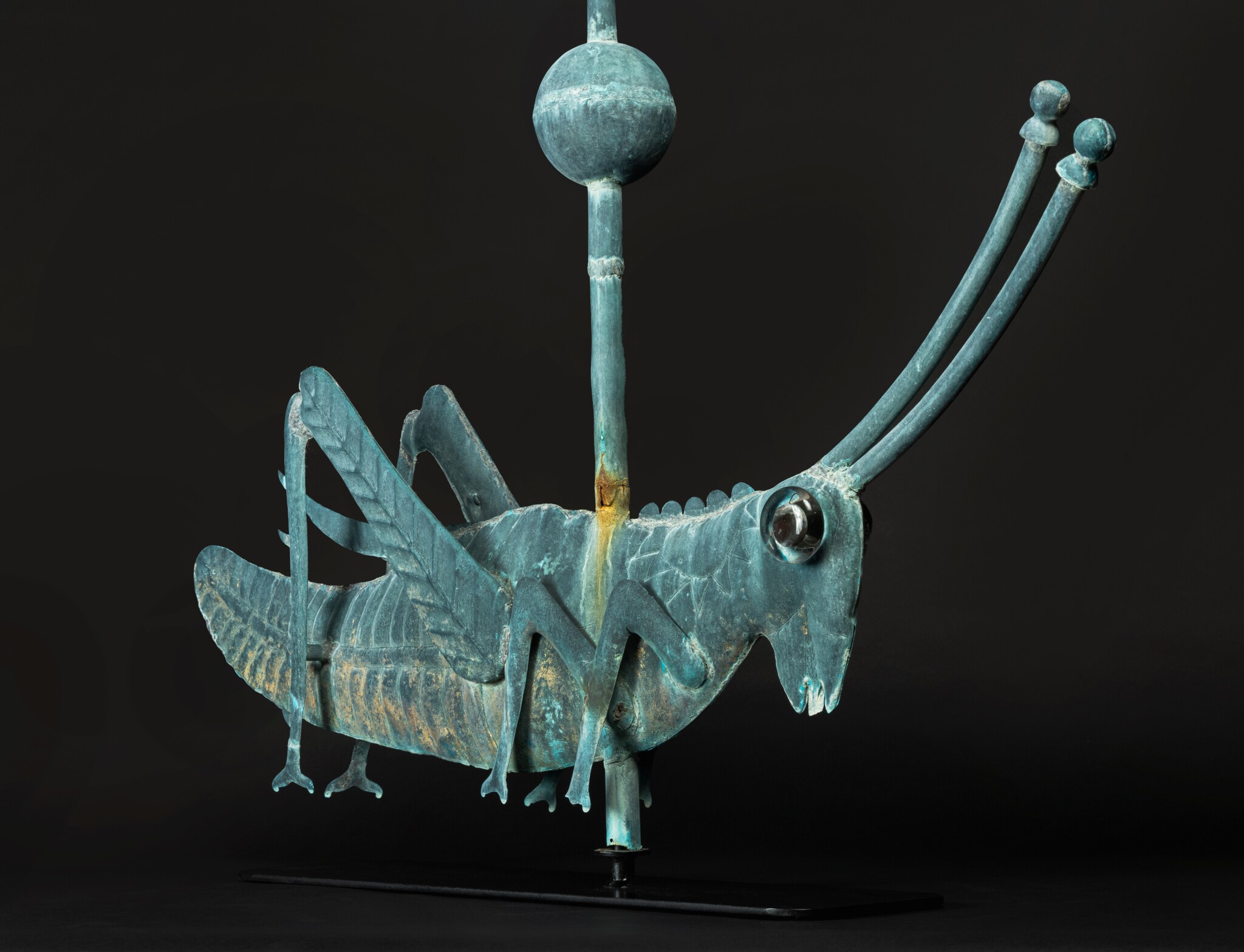The
latest episode of the fine HUB History podcast focused on how Boston installed its first street lamps in 1773 and 1774, the effort hampered by the equipment being wrecked on
Cape Cod along with some
East India Company tea.
The discussion doesn’t end with those
whale-oil lamps but traces the changes in illumination technology to today. Along the way, we learn that the “historic” street lamps now decorating certain Boston neighborhoods are far younger than most people assume.
The podcast’s story of the first street lamps draws heavily on the records of Boston’s
town meeting and the journal of
John Rowe, the merchant put in charge of the lamp committee.
Here’s another aspect of the story, preserved in the records of Boston’s selectmen. Each year’s first town meeting chose those seven officials to carry out ordinary business and deal directly with contractors.
On 1 March, those officials recorded:
It was agreed with Edward Smyth to have £40— Sterg. for one year, for overseeing the Lamps & Lamplighters & delivering the Oyle & Wicks & other necessary.
Smith (as the name was more often written) got paid £13.6.8 for the first quarter of the year, March through May. (No, I don’t know why the town paid Smith a third of his annual salary to cover a quarter of the year.)
Three months later, on 1 June, the selectmen met with the lamplighters themselves, named as “Messrs. Barker, Fowle, Stevens, Wm. & Thomas Sharp, Hoadly, & Ayres.” Those men “agreed with the Selectmen that they would continue Lamp Lighters thro’ the Winter.”
But bigger questions were roiling the town. On 13 May there was a meeting to hear the new
Boston Port Bill and formulate a response to it. That discussion continued through meeting after meeting all summer. Almost everyone agreed that the Port Bill was a constitutional affront and an
economic disaster. And, of course, alongside
Parliament’s new law, companies of
British army regulars were once again marching on Boston streets.
One response to the law was not to light those new street lamps after all. There’s no record of a decision, nor report in the newspapers. But on 24 August Edward Smith “apply’d to the Selectmen and acquainted them he expected to be paid according to Agreement although the Lamps had not been lighted the last Quarter.”
At the end of the month the selectmen’s records confirmed: “by reason of the distress occasioned by the Boston Port Bill, the Lamps have not been light the last Quarter.”
As the HUB History episode recounts, although the town governed the process of installing and maintaining the street lamps, it didn’t undertake to pay for them through taxes. Instead, Boston asked wealthy citizens to donate money for that effort. Enough money had come in the buy the lamps, install them, and hire staff to maintain them.
But with the Port Bill straining the town’s trade with Britain and other colonies, those wealthy citizens might have felt they couldn’t afford to pay for street lamps after all. Or perhaps people felt the illumination clashed with the somber, resentful mood of a town protesting arbitrary law and military occupation. Maybe the longer days of midyear made it easier to do without street lighting. With no visible decision point, it’s impossible to know for sure
why the lamps weren’t lit and who made that choice.
(We do know that, since the lamps went dark in June, that decision had nothing to do with the ‘arms race’ that broke out in September, with Patriots trying to smuggle
artillery and other weapons of war out of Boston and the British military trying to stop them. When I wrote about that conflict in
The Road to Concord, I wondered if dark streets made moving cannon around at night easier, but that could only be conjecture.)
TOMORROW: Making choices in the dark.

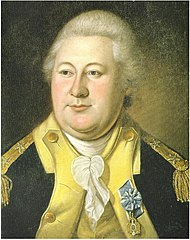

_-_Worcester_Art_Museum_-_IMG_7686.JPG/640px-The_Savage_Family%2C_circa_1779%2C_by_Edward_Savage_(1761-1817)_-_Worcester_Art_Museum_-_IMG_7686.JPG)





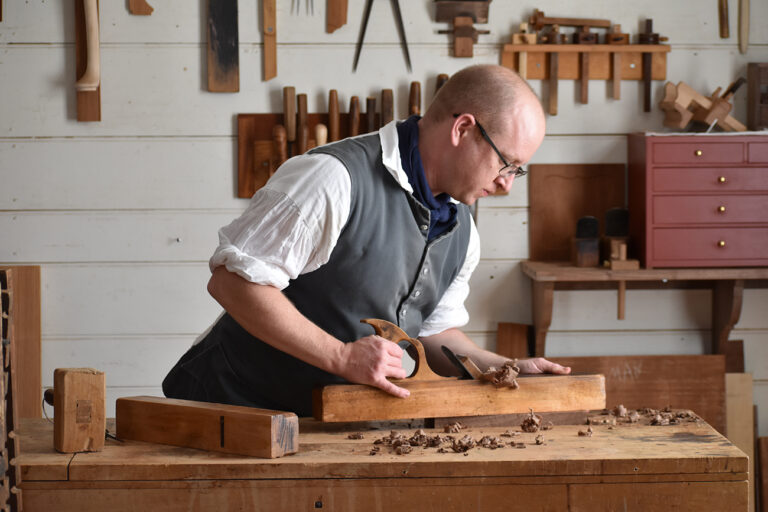
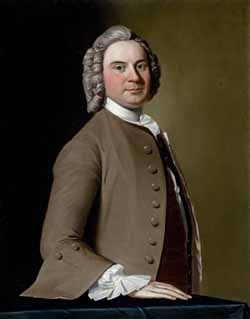
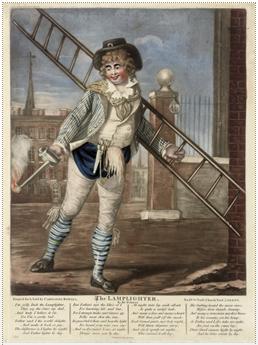








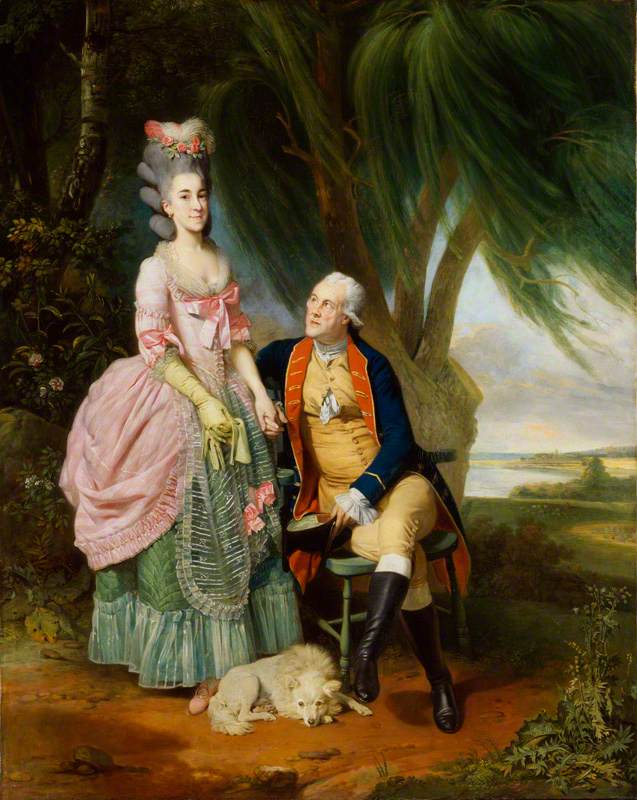


.jpg/220px-Robert_R_Livingston%2C_attributed_to_Gilbert_Stuart_(1755-1828).jpg)


